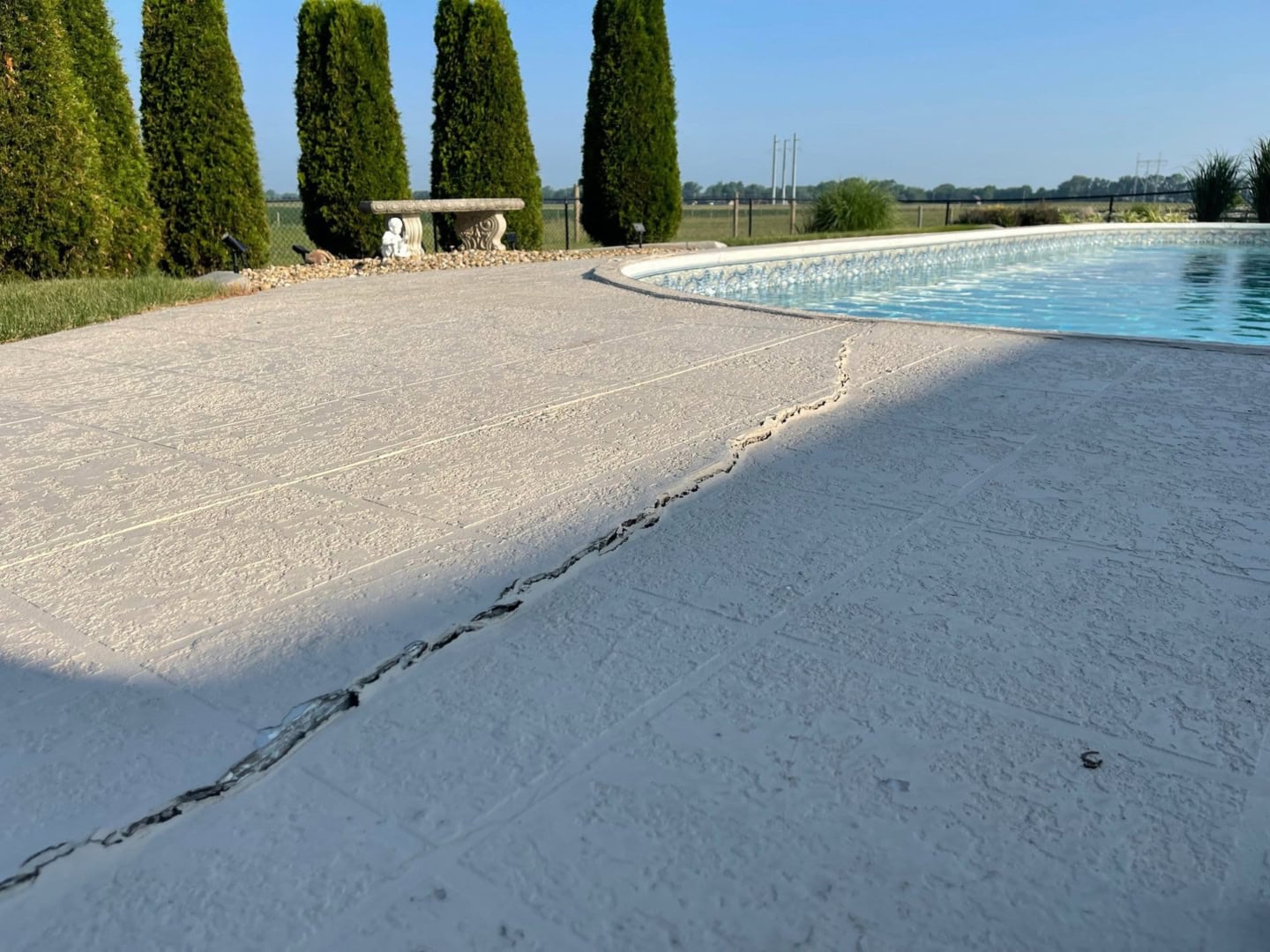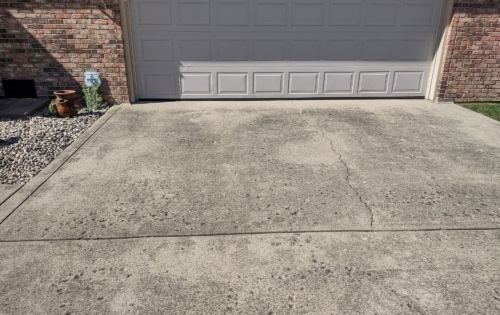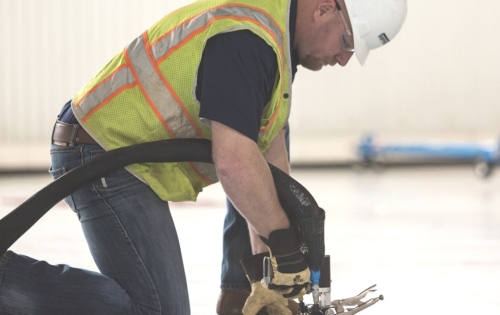Uneven or damaged concrete can cause many falls, slips, and tripping accidents every year. How many times have you checked the safety of your home outside of moving in, baby proofing, or after an accident? Here’s your friendly reminder to check your property for safety. Make sure your concrete walkways, steps, patios, pool decks, and other concrete surfaces are safe by following the steps LevelUp Concrete Solutions has outlined in this article.
Trip-Proof Your Property for Greater Safety
How people enter and exit your property is an important consideration. This includes visitors, guests, contractors, utility workers, maintenance workers, babysitters, pet-sitters, and others. Concrete driveways, paths, patios, cement stairs, and other concrete walkways are often how people enter and exit our homes.
For sidewalks and public facilities, a trip hazard is defined as a difference in elevation of ¼ inch or more. People aged 65+ and those with walking or sight disabilities are more likely to fall or trip on uneven concrete surfaces. Obstructions and poor lighting can also make a trip hazard more prevalent.
Every year, falls, slips, and trips at work lead to lost time, injuries, disabilities, and sometimes death. Tripping on a concrete walkway or step can lead to minor injuries like bruises or twisted ankles. It can also result in more serious injuries such as broken bones.
The information below from national safety and insurance organizations. confirms how common and severe injuries slips, trips and falls are:
- 1 in 5 falls results in a serious injury like a broken bone or head injury. Additionally, 1 in 4 older adults have a fall each year, according to the Center for Disease Control.
- Falls are the second most common cause of accidental deaths. They are also the main cause of death for older adults. This information comes from the National Safety Council.
- Falls are the most common cause of emergency room visits (National Floor Safety Institute)
- In 2019, more than 8 million people visited the emergency room for falls. Of these, 3 million were older adults, according to the National Safety Council.
What to look for and how to address issues:
Fix cracked, uneven concrete right away. Differences in elevation in concrete slabs often occur at the joints or between slabs. Soil erosion under a concrete slab often causes voids and leads to concrete settlement.
Look for large cracks, gaps between slabs, and signs of concrete slabs sinking on your surfaces. Not only is uneven concrete a tripping hazard, but it can also damage bikes, wheelchairs, and cars. Get a free concrete inspection to proactively keep your property safer.
Make concrete steps safer. If you have concrete stairs or steps, make sure the railing is up to code. If concrete steps are pulling away from the foundation, sinking or have large cracks or gaps, it’s time to schedule a concrete leveling inspection with a trusted local partner like LevelUp.
Inspect concrete slabs for tree roots. Check concrete surfaces for tree roots or elevated slabs because roots are pushing on the concrete. For effective and sustained protection against falls, slips, and trips, fix concrete slabs at the first signs of the problem.
Swimming Pool Deck Safety. Keeping pool decks in good shape is especially important. Uneven slabs around the pool create a tripping hazard and encourage pooling water, making surfaces slippery and accelerating concrete deterioration. Look for cracks and discrepancies in height between concrete slabs.
Perform Seasonal Maintenance. Concrete faces unique challenges each season. In winter, ice and snow can cause damage.
Fall brings leaves and seeds that can accumulate and cause issues. Spring brings rain and debris that can wear down the concrete. In summer, strong UV rays can also impact the concrete’s durability. Make sure to keep your walkways, patios, pool decks, and concrete stairs cracked, uneven, or slippery concrete slabs clear and dry.
Add Proper Lighting. Poor lighting at night exacerbates the danger of an uneven concrete walkway. Install motion-sensors, solar-powered lights, or other edge lighting along any concrete paths into your house.
Keep concrete walkways clutter-free. Don’t let your front walkway, pool deck, or patio become an obstacle course. Keep walkways clear of toys, scooters, yard equipment, bikes, and other objects to eliminate another source of trips and falls. Plants like shrubs and ground-cover can grow too much and cover concrete pathways, so it’s important to trim them regularly.
Ensure a safe entry. How many times do you enter or exit your home while carrying something to and from your car? Or wear shoes with poor tread? A waterproof mat by each entrance can prevent concrete surfaces from becoming slippery.
Don’t Neglect Uneven Concrete: Call Your Concrete Leveling Expert Today!
While you can’t completely eliminate the risk of injury from all of your surfaces, you can significantly reduce the risk by taking these steps to make the concrete around your house safer. This will help reduce the likelihood of a serious injury occurring.
If you’ve got uneven concrete walkways, cracked pool decks, concrete stairs pulling away, or signs of concrete settlement, take action today. If you wait too long to fix concrete problems, the solutions become more expensive and invasive.
Learn how PolyLevel can help fix tripping hazards around your home by scheduling your free concrete leveling estimate today!







